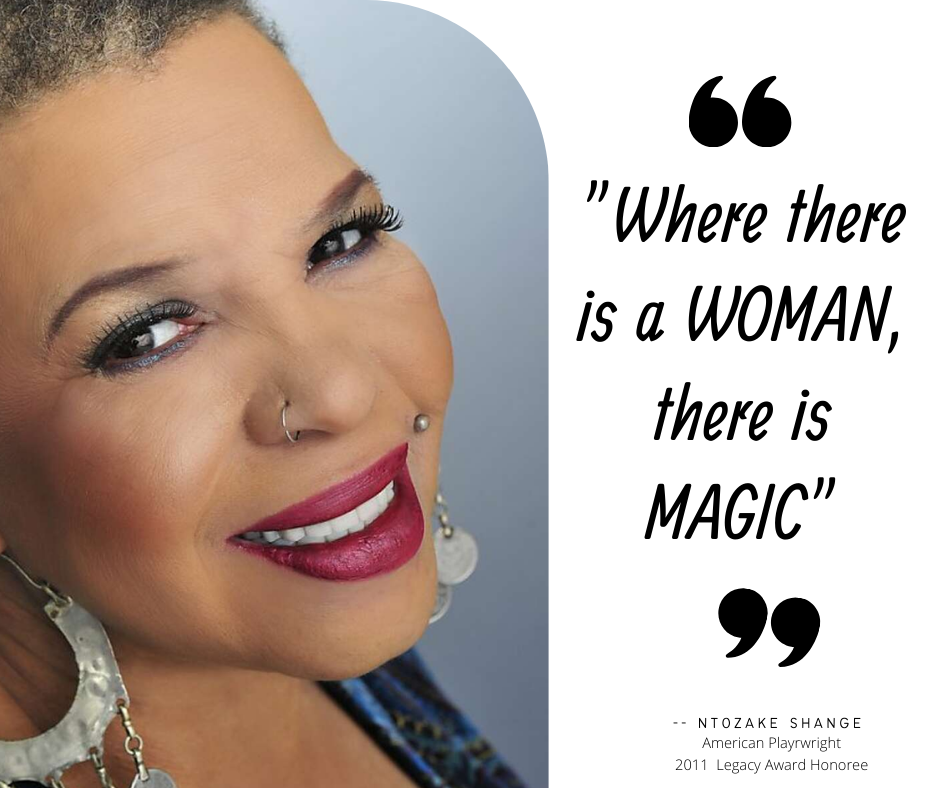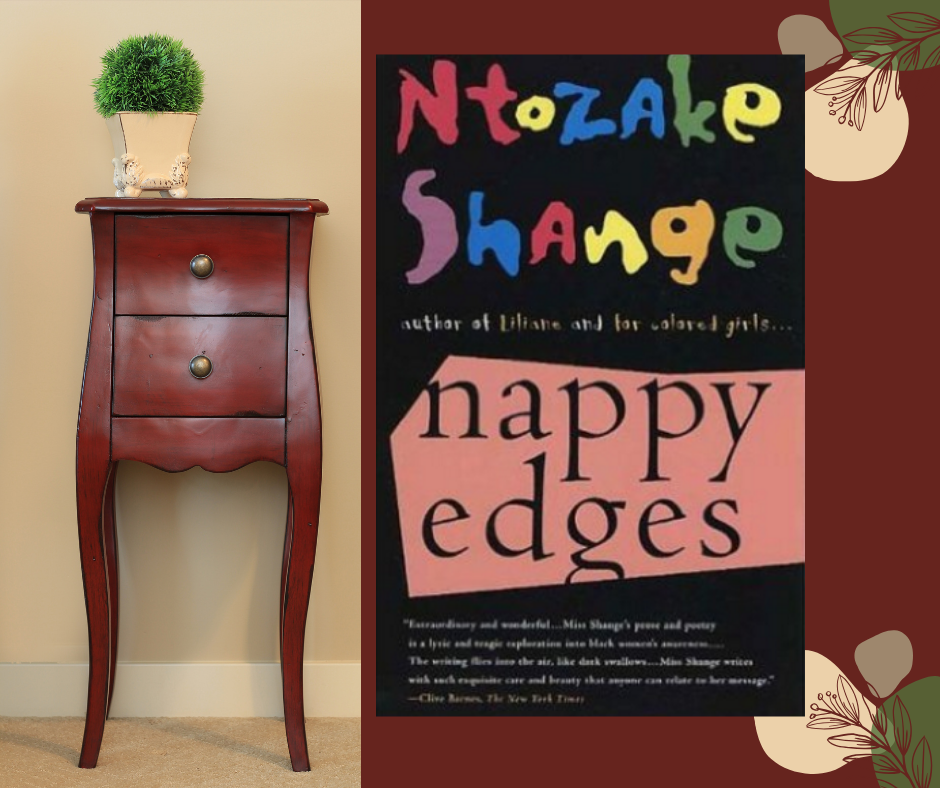5 Inspiring Quotes from Ntozake Shange: A Blog About Some of Her Best Quotes to Live By.
Ntozake Shange was an African-American dramatist, poet, and feminist who lived from 1948 to 2018. For Colored Girls Who Have Considered Suicide / When the Rainbow is Enough, her 1975 Obie Award-winning choreopoem, is best remembered. Ntozake Shange, a brave and unapologetic performer, has a number of uplifting and empowering statements.
Below are 5 motivational quotes from Shange’s writings and beyond that will have you quickly adding everything she penned to your library.
1. “Where there is a woman, there is magic.”
— Ntozake Shange
“Where there is a woman, there is magic. If there is a moon falling from her mouth, she is a woman who knows her magic, who can share or not share her powers.” A woman with a moon falling from her mouth, roses between her legs, and tiaras of Spanish moss, this woman is a consort of the spirits.”
Quotes from Sassafras, Cypress & Indigo (1982)
2. “I write for young girls of color, for girls who don’t even exist yet so that there is something there for them when they arrive. I can only change how they live, not how they think.”
— Ntozake Shange
From an interview with Rebecca Carroll for Mother Jones
3. But being alive & being a woman & being colored is a metaphysical dilemma/I haven’t conquered yet/ do you see the point? My spirit is too ancient to understand the separation of soul & gender/ my love is too delicate to be thrown back on my face”
— Ntozake Shange
Quotes from for Colored Girls who have considered suicide/when the rainbow is enuf
4. “I’m committed to the idea that one of the few things human beings have to offer is the richness of unconscious and conscious emotional responses to being alive … The kind of esteem that’s given to brightness/smartness obliterates average people or slow learners from participating fully in human life, particularly technical and intellectual life. But you cannot exclude any human being from emotional participation.”
From an interview
5. “We need a god who bleeds now/ whose wounds are not the end of anything.”
Qoutes from Okra to Greens: Poems


